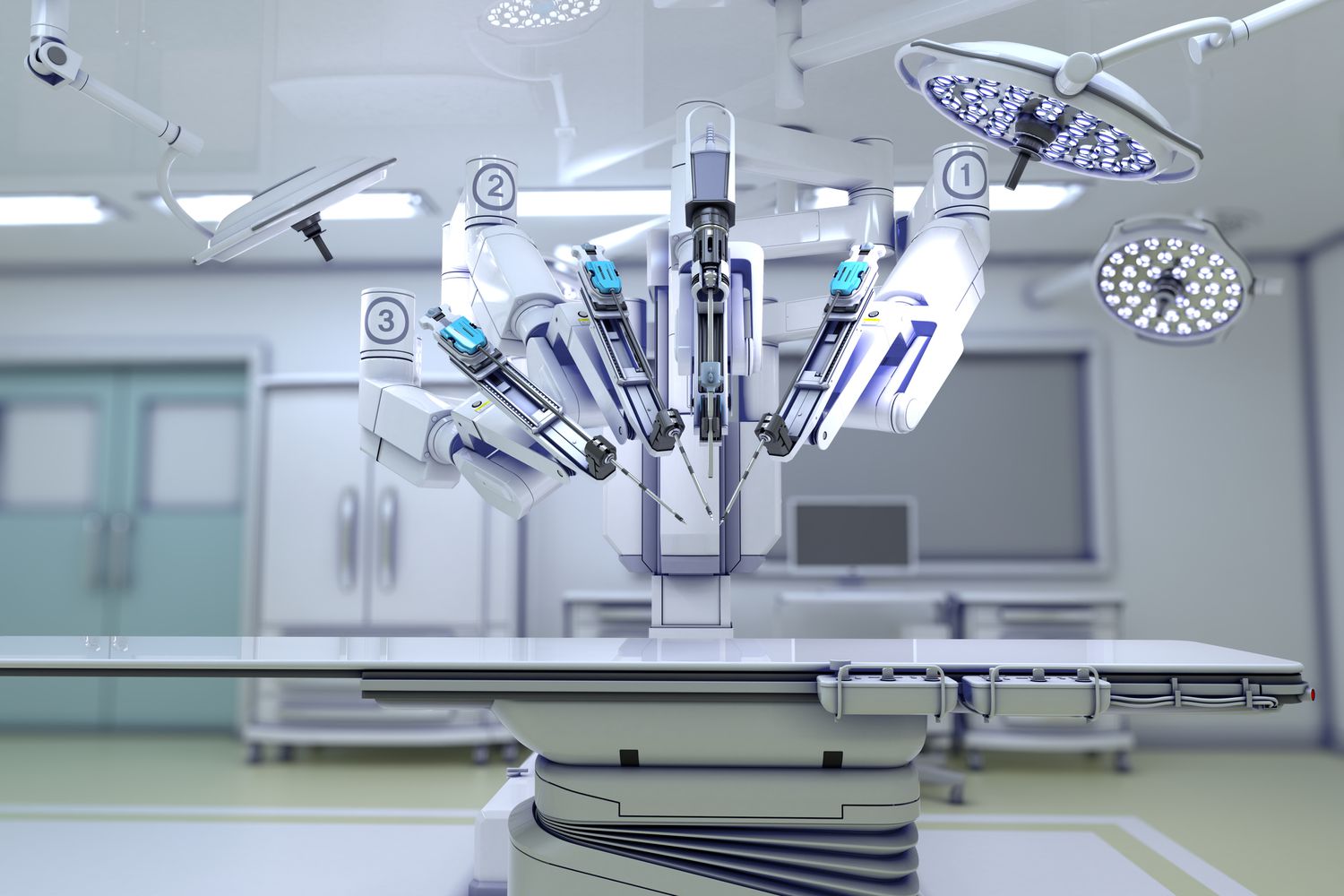In the realm of modern medicine, advancements continually push the boundaries of what is possible, seeking ways to provide safer, more precise, and efficient patient care. One such innovation that has revolutionized the field of surgery is robotic-assisted surgery.
Harnessing cutting-edge technology, robotic systems have become invaluable tools for surgeons worldwide. In this article, we will delve into the remarkable benefits of robotic assisted surgery that have transformed the healthcare landscape.
Enhanced Precision
The precision of a surgeon’s hand is undoubtedly remarkable, but robotic systems take precision to a whole new level. These surgical robots are equipped with miniature instruments and high-definition cameras, providing a three-dimensional, magnified view of the surgical site.
The result? Surgeons can perform intricate procedures with unparalleled precision, minimizing the risk of errors and improving patient outcomes. It’s a harmonious fusion of human expertise and robotic precision that is reshaping the world of medicine.
Minimized Invasive Procedures
One of the most significant advantages of robotic-assisted surgery is its ability to minimize the invasiveness of surgical procedures. Traditional open surgeries often require large incisions, leading to longer recovery times, increased pain, and higher risks of infection.
In contrast, robotic systems enable surgeons to make smaller, more precise incisions, reducing trauma to surrounding tissues. This minimally invasive approach means shorter hospital stays, faster recovery, and less post-operative discomfort for patients.
Tremendous Surgeon Control
Robotic-assisted surgery empowers surgeons with unparalleled control over their instruments. Unlike conventional laparoscopic surgery, where instruments have limited movement, robotic systems offer a wider range of motion.
Surgeons manipulate the robot’s arms with precision, enabling them to access challenging anatomical structures and perform complex maneuvers with ease. This level of control enhances the surgeon’s ability to adapt to unexpected situations during surgery, ensuring patient safety.
Improved Visualization
Imagine a surgeon operating in a tiny space, trying to visualize intricate structures with the naked eye or a conventional camera. Robotic-assisted surgery eliminates this challenge by providing high-definition 3D visualization.
Surgeons have a magnified view of the surgical site, allowing them to identify even the tiniest details with exceptional clarity. This enhanced visualization is particularly beneficial in procedures where precision is paramount, such as neurosurgery or microsurgery.
Reduced Blood Loss and Faster Recovery
Robotic-assisted surgery’s precision extends to reducing blood loss during procedures. The fine-tuned movements of robotic instruments minimize damage to blood vessels, resulting in less bleeding during surgery.
Consequently, patients experience reduced transfusion requirements and a faster post-operative recovery. This benefit not only accelerates the healing process but also decreases the likelihood of complications associated with blood loss.
Conclusion
Robotic-assisted surgery has emerged as a game-changer in the field of medicine, offering a multitude of benefits that enhance patient outcomes and improve the overall surgical experience. From heightened precision and minimized invasiveness to improved surgeon control and reduced blood loss, the advantages of robotic-assisted surgery are truly transformative.
As technology continues to advance, we can only expect these benefits to grow, making robotic-assisted surgery an integral part of the future of healthcare.








